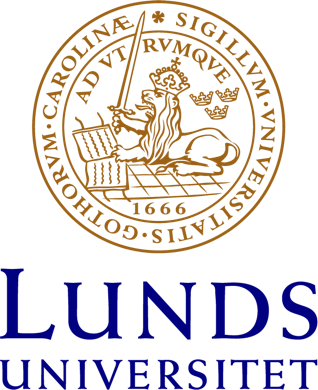2015-03-19
Perception of 2D, 3D, and in film with additional music
Walter J. Ronner
No scientific work will be presented, but instead an extract of a continuous process dealing with the interaction of object representations as seen from the point of view of Concrete art.
A kind of didactic schemes will be combined as a primary basis and summarized in a matrix, so that the readability of the content, function and meaning remain present and even may strengthen each other. Series of picture boards with such content that has been shown in exhibitions make clear that the implied content gradually will be apparent to the viewers. Explanatory texts and talks about the topic can ignite creativity in the observer; pragmatic insights release different associations on denotative and connotative levels and lead to a multiplicity of statements.
In analogy to the act of shaping “deconstructive architecture”, models of the above mentioned picture boards will be converted using abstract laws of physics (and 3D computer programs). The shape modification called “Twist” or “Rotation” is similar to the act of wringing a soaked cloth where the two external sides are twisted to the inside. A picture board shall be transformed.
This procedure is explicitly carried out on the example MATRIX17EL16COL yellow, a picture board from the 16-series. The primary contents of this picture board include a color spectrum, a modulation of the golden section, and a spiral in the background. These contents will be explained before the process of modification begins.
The results of the modification will be presented in the form of generated images; these are very different. The picture boards acquire another aesthetic quality after the transformation. The output shape and configuration of the elements are hardly recognizable after the torsion and are partially obscured due the interpenetration of the single bodies. Many aspects of the statement of the source object are gone, but loss in one place may be gain in another!
The essential question is: will the abstracted and concrete contents of information remain after this spatial transformation process? Does the process lead to a loss of the phenomena described at the start? What about the function and meaning of the contents?
On the way to search an explanation some metaphors and analogies will be presented, which resulted from conversations about the pictures which occurred before and after the transforming process.
A possible finding might be:
Continua, i.e. phenomena having comprehensive and coherent statements, are well suited as scaffolds for allegories and not just for some single metaphors. They remain – probably because of their abstract binding structure - retained after the modification, and may serve as a hollow mold also to other contents.
